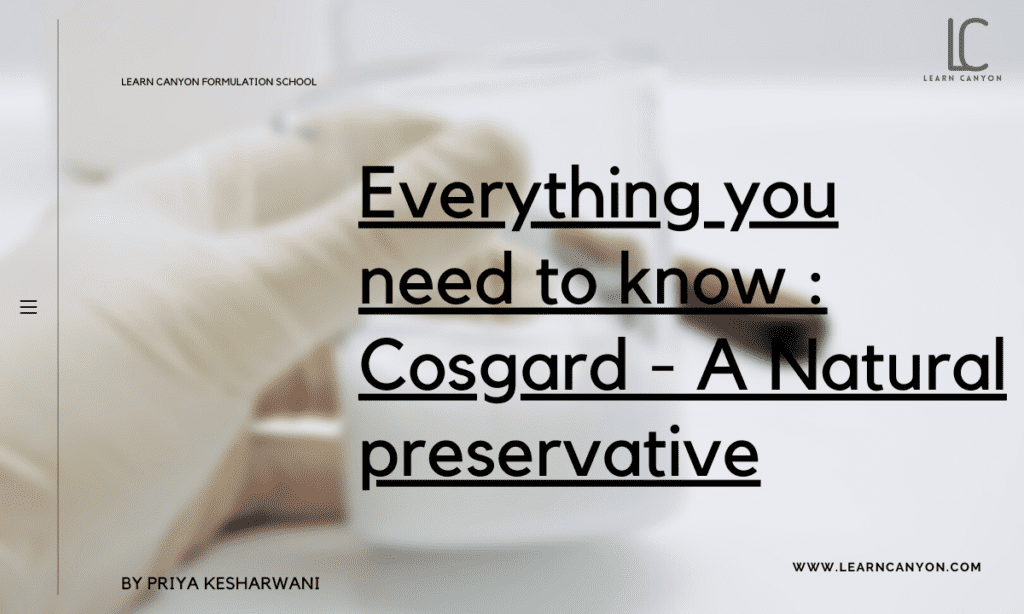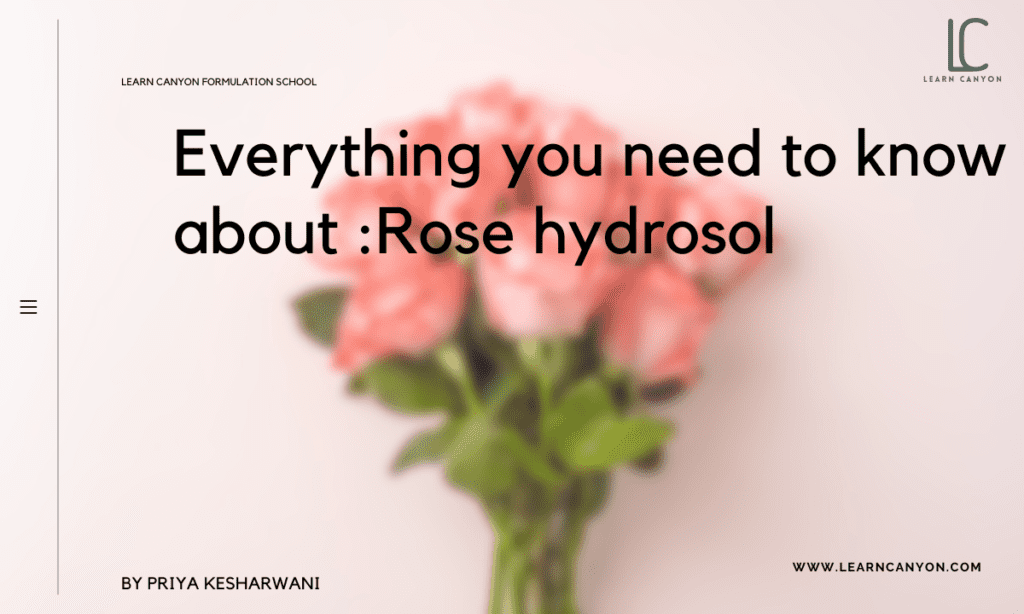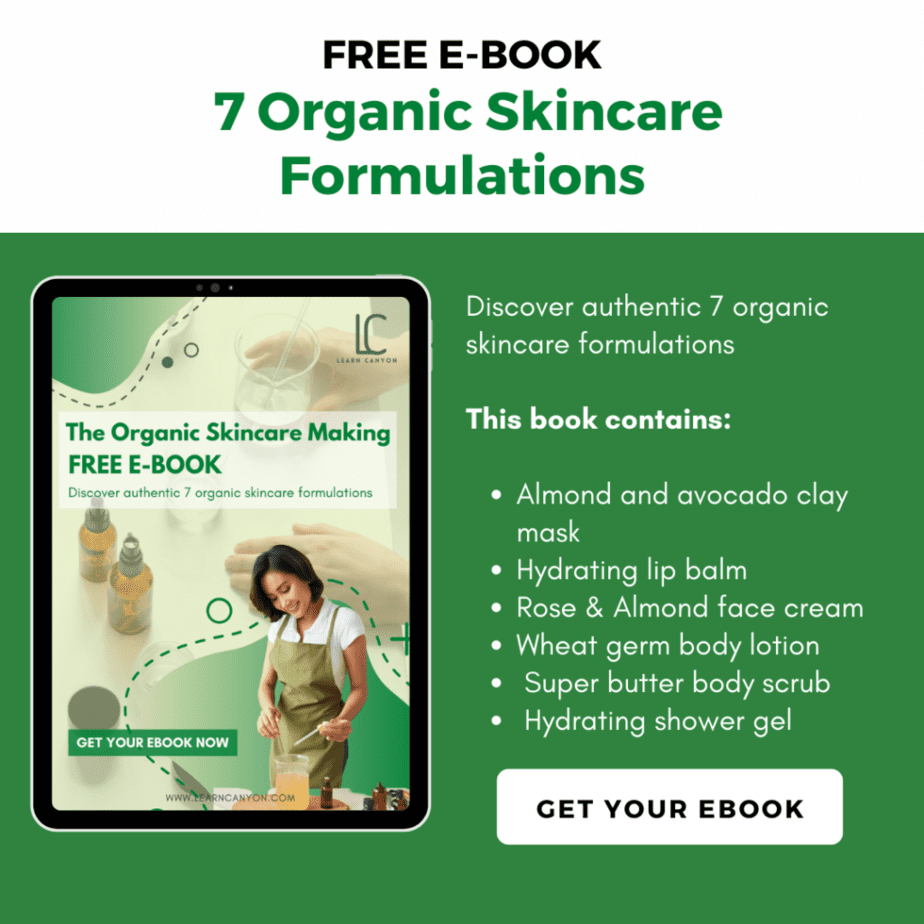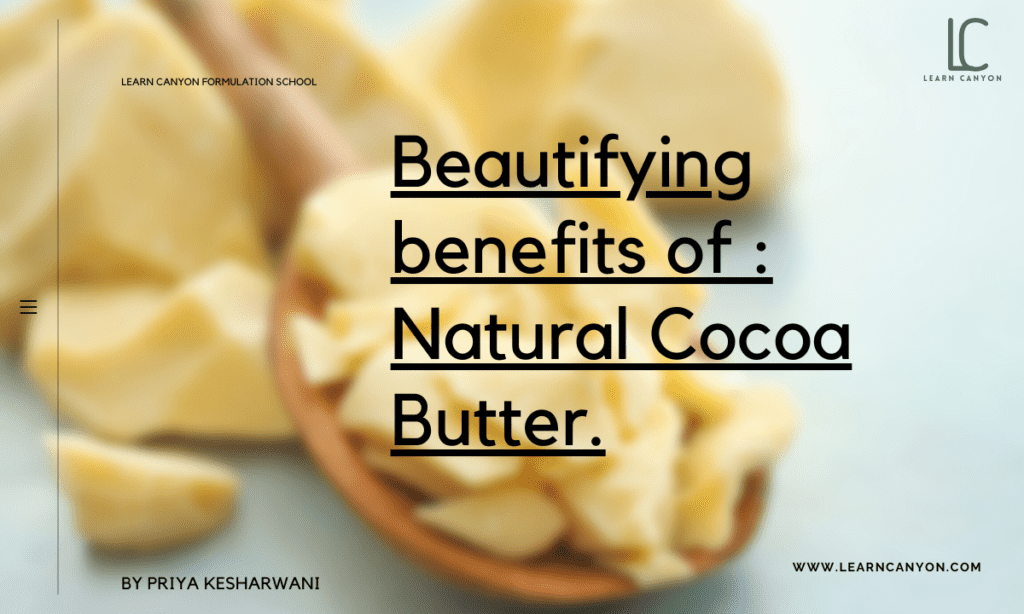
Panthenol 101 – Essential ingredient for any cosmetics
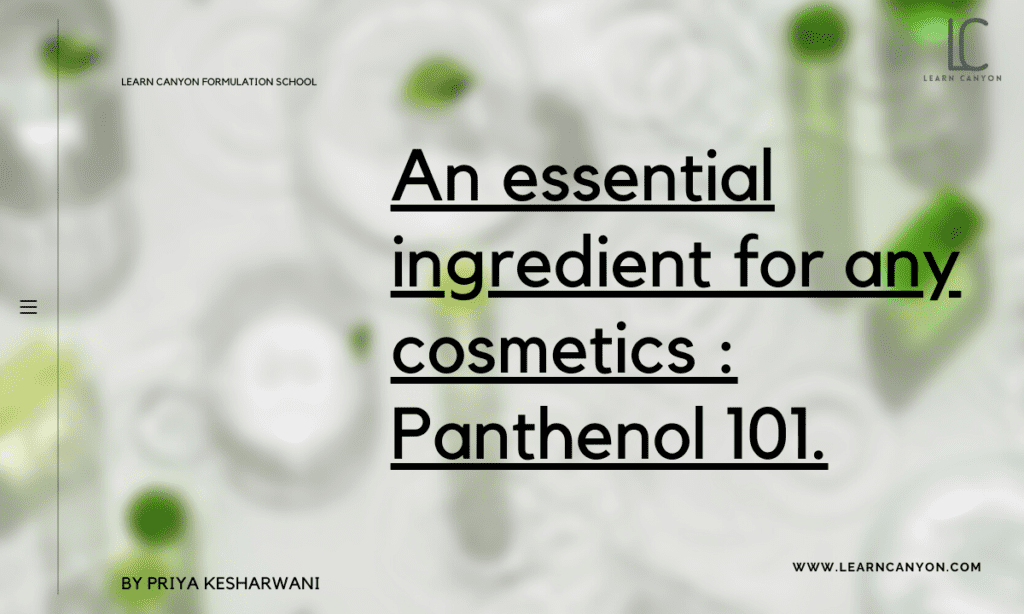
Panthenol
Do you want to know a quick and easy technique to get soft, silky skin and hair with only one ingredient? Meet panthenol, a remarkable molecule that aids in the binding and retention of water for deep hydration in the skin and hair. We like that panthenol is available in a number of products, such as lotions, lipsticks, and hair serums.
What Is Panthenol?
The word panthenol is derived from the Greek word pantothen, which means “everywhere.”
Panthenol, commonly known as pantothenic acid or vitamin B5, is a structurally similar molecule to pantothenic acid or vitamin B5. Because it oxidises into pantothenic acid vitamin B5 when applied topically, it’s known as provitamin B5.
Vitamin B5 in the form of panthenol is a stable form.
B5 has the ability to effectively bind and hold water, resulting in supple, moisturised skin. As a result, panthenol is well-known for its regenerative, calming, and moisturising characteristics.
| What is it? | Panthenol, often known as vitamin B-5, is a chemical compound derived from pantothenic acid. |
|---|---|
| INCI | Panthenol |
| Appearance | It is a white crystalline powder or a clear liquid. |
| Texture | Semi viscous liquid. |
| Recommended Usage | 1–5% |
| Solubility | Water soluble |
| Melting point | 64.5°- 68.5° C |
| Boiling point | 118 °C |
| pH | 4-7 |
| Aroma | Characteristics odor |
| Why do we include it in formulations? | Panthenol works as a moisturiser by attracting water from the skin's deepest layers to the surface. It has anti-inflammatory properties and promotes suppleness and elasticity. |
| How to work with it? | Include the powdered in the heated water phase; the liquid, however, is heat sensitive and should be placed in the cool down step. Both types can be used in non-heat-processed products. |
| Applications | Panthenol improves elasticity, moisture, and smoothness of the skin. Wrinkles and fine lines are reduced. |
| Absorption rate | Fast |
| Strength | Panthenol is a skin-care component with a plethora of uses. |
| Weaknesses | Although it is more expensive, considering the low effective consumption rates, it remains a very cost effective element. |
| Substitution | N-acetyl glucosamine, allantoin and herbal extract like calendula. |
| How to store it? | Stored in a cool, dark, and dry place |
| Shelf life | Panthenol has a two-year shelf life. |
Fun Fact
| Type of ingredient | Moisturizer |
|---|---|
| Main benefits | Binds to water in the skin and retains it there, hydrating it and making it soft, smooth, and supple. |
| Who should use it | Panthenol is beneficial to all skin types, but it is especially beneficial to people who have dry or flaky skin. |
| How often can you use it? | Panthenol-containing products can be used every day. |
| Works well with | Hyaluronic acid and glycerin, as well as ceramides, are humectants. |
| Doesn't work with | Panthenol can be used with almost any substance. |
| How to use it in formulations | Incorporate into the formulation's cool-down phase. |
Mechanisms of action
Panthenol is swiftly transformed to Pantothenic acid by oxidation after it is absorbed into the skin. Pantothenic acid enters cells and is transformed to Acetyl Coenzyme-A (Acetyl CoA) in epidermal cells. Humans require Vitamin B5 to create Acetyl CoA, which is a key mediator in many metabolic activities that sustain life (cell maintenance and repair) and breaks down lipids, carbs, and proteins to generate carbon dioxide, water, and energy. It also produces fatty acids and sphingolipids for the lipid layers of the stratum corneum as well as the integrity and fluidity of cell membranes.
Benefits of Panthenol
- In addition to its outstanding moisturising capabilities, panthenol has a variety of other noteworthy qualities, particularly when it comes to skin relaxation and wound healing.
- Panthenol is a softening, relaxing, and anti-irritant ingredient found in cosmetics. Panthenol is a humectant, which means it keeps your skin moist, smooth, and supple.
- To achieve ideal skin-loving hydration, it also works well with other humectants like hyaluronic acid and glycerin.
- Its anti-inflammatory characteristics make it into acne products since they stimulate cell proliferation, which is necessary for wound healing and restoring the skin barrier’s function.
Side Effects of Panthenol
The majority of people tolerate panthenol rather well. An allergy to this substance, like any other, is always a possibility, though it’s unlikely. If you’re worried, try a small amount on another part of your body before applying it on your face.
How to use it in formulation?
Include the powder in the hot water phase; however, because the liquid is heat sensitive, it should be placed in the cool down step. Both types can be used in items that don’t require heat to process.
Work well with other ingredients
Panthenol is rather safe in that it mixes well with most other components, thus maximising its efficacy has less to do with the other ingredients and more to do with how you utilise it. Wash your face, then use a toner to eliminate any remaining dirt before applying a panthenol-rich cream or lotion. Ceramides, as well as humectants like hyaluronic acid and glycerin.

